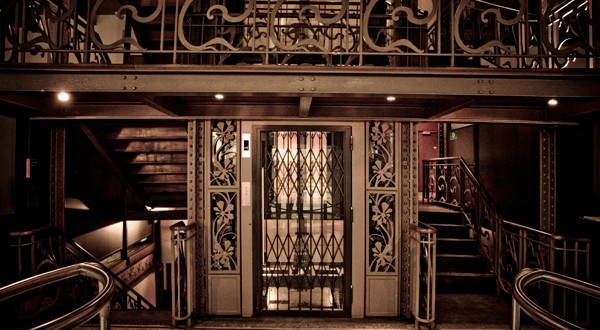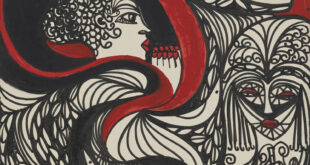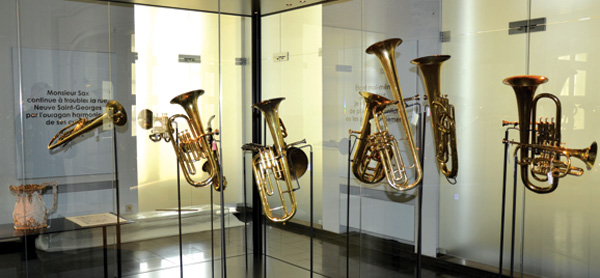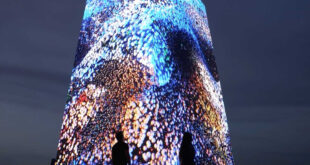Adolphe Sax may well have been an outstanding musician, but he was chiefly the creator of entirely new voices of previously unheard-of sound colours, as borne out by his most famous invention, the saxophone.
Since its opening in 2000, the Musical Instruments Museum, or mim, has become a first class cultural attraction on the Mont des Arts, with an average of 150,000 visitors per year. In 2014 the mim is mounting a temporary exhibition entitled SAX200 to mark the two-hundredth anniversary of the birth of Adolphe Sax (1814-1894), the celebrated Belgian musician who invented and built musical instruments. The exhibition retraces the most important episodes in his life and sheds light on all aspects of his creativity.
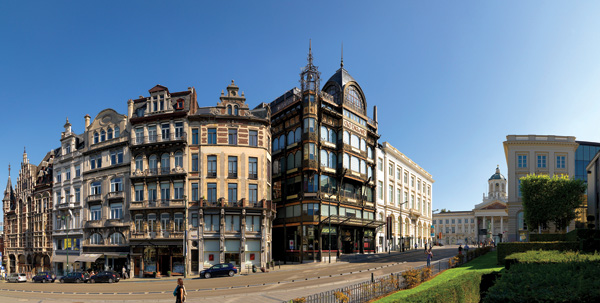
“The genius of Adolphe Sax is multiple; the father of the hugely popular saxophone is an acoustician, an inventor and a businessman”, said Philippe Courard, Secretary of State in his speech during the press conference. “This exhibition is the largest since June 2000 by the museum. Pianos, harpsichords, harps and organs make way for the ultimate exhibition SAX200.
The museum appeals to all kinds of public, young and old, domestic or foreign, music lovers and experts and the exhibitions are accessible to all.”
![Adolphe Sax print after Charles Baugniet (1814-1886) carrying the dedication “à mon ami V.[alentin]Bender” and Adolphe Sax’ autograph](https://collection-magazine.com/wp-content/uploads/2014/04/2-sax-www.collection-magazine.com_.jpg)
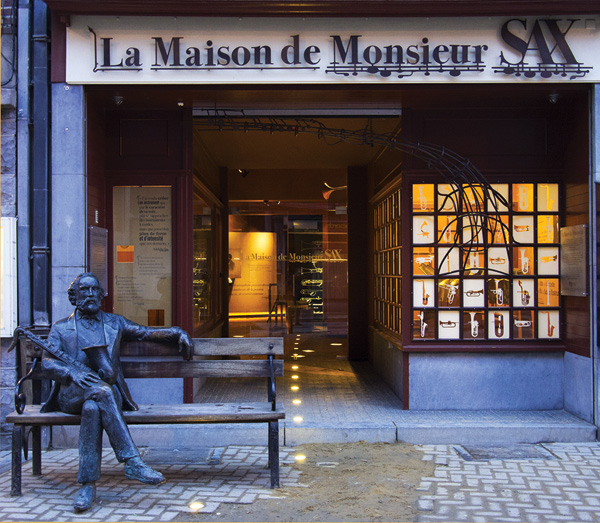
The exhibition deals with the main aspects of Sax’s life and work in themes like ‘Sax, inventor’, ‘Sax, entrepreneur’, ‘Sax himself’ and ‘Sax after Sax’. These themes illuminate Sax’s place on the Parisian music scene, his contemporaries (devotees and adversaries), the saxophone (his most famous invention), the saxhorns and his countless other inventions and improvements to military and civilian music, the industrial exhibitions, the opera, his own collection of musical instruments, his publishing company, the repertoire for his instruments, the spread of his inventions, his family, the lasting appeal of his work, and of course the jazz and pop music which gave the saxophone a universal dimension years after the death of its inventor.
Géry Dumoulin, curator, said: “Sax had also a keen interest in musical instruments from all countries and periods. He invented the saxophone but he also improved existing instruments. In this exhibition, the musical instruments are the backbone of the set up. 200 instruments are on display. They are completed with information about the life and work of Adolphe Sax, the workshop in Paris, his financial challenges, battles, another 200 documents…”
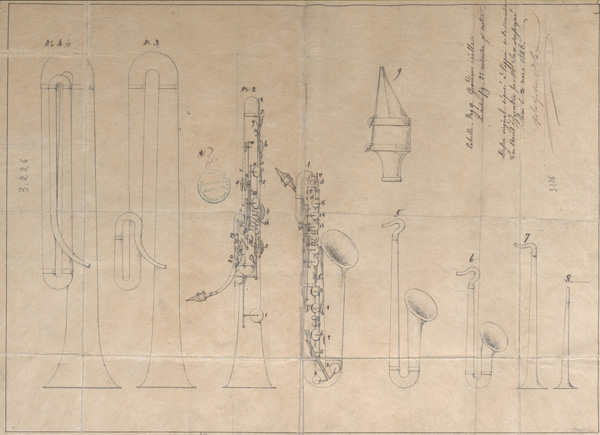
For the opening programme Eric Sleichim composed a new piece of music entitled “the memory of water” which he played using a saxophone contrabass.
SAX 200 – EXPO 8.2.2014 – 11.1.2015
 Collection Pan Arab Luxury Magazine
Collection Pan Arab Luxury Magazine
